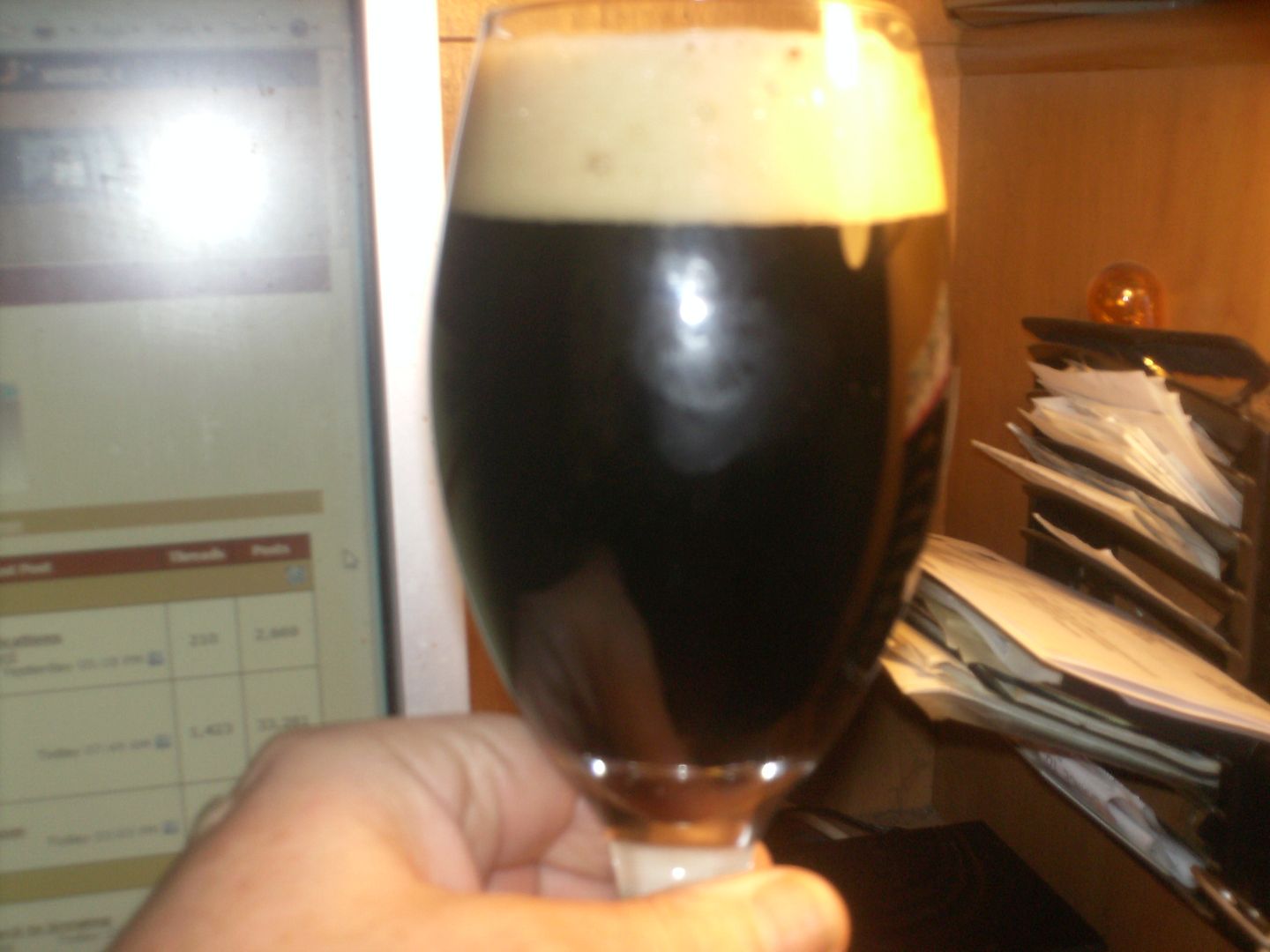Hello guys
i am a total newbi here and this is my first batch , I cleaned and sanitized everything and decided to go with an extended primary ferm. For my pam teddy smith porter
And It has been in the carboy for 8 week and 4 days temp. Controlled 68-72 F , will bottle tomorrow or not it depends on your responses and expertise to diagnose my case , it has been a week I noticed this white bubbles and little patches in the top of the beer in the carboy I will attach pictures . Is this infection or its just the kroysen ( wrong spelling I know ) . Should I through it and not bottle of this is an infection !
, it has been a week I noticed this white bubbles and little patches in the top of the beer in the carboy I will attach pictures . Is this infection or its just the kroysen ( wrong spelling I know ) . Should I through it and not bottle of this is an infection !
Thanks in advance


Sent from my iPhone using Home Brew
i am a total newbi here and this is my first batch , I cleaned and sanitized everything and decided to go with an extended primary ferm. For my pam teddy smith porter
And It has been in the carboy for 8 week and 4 days temp. Controlled 68-72 F , will bottle tomorrow or not it depends on your responses and expertise to diagnose my case
Thanks in advance



Sent from my iPhone using Home Brew












